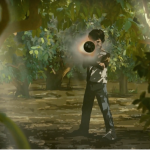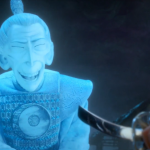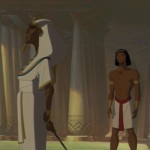
In winter, 2021, I and my co-faculty, Laurie Meeker, assigned our students to produce Animated Intergenerational Interviews about individuals’ relationships with their environment. The interviews were to be 30 to 60 seconds long, include at least 30 seconds of animation…









